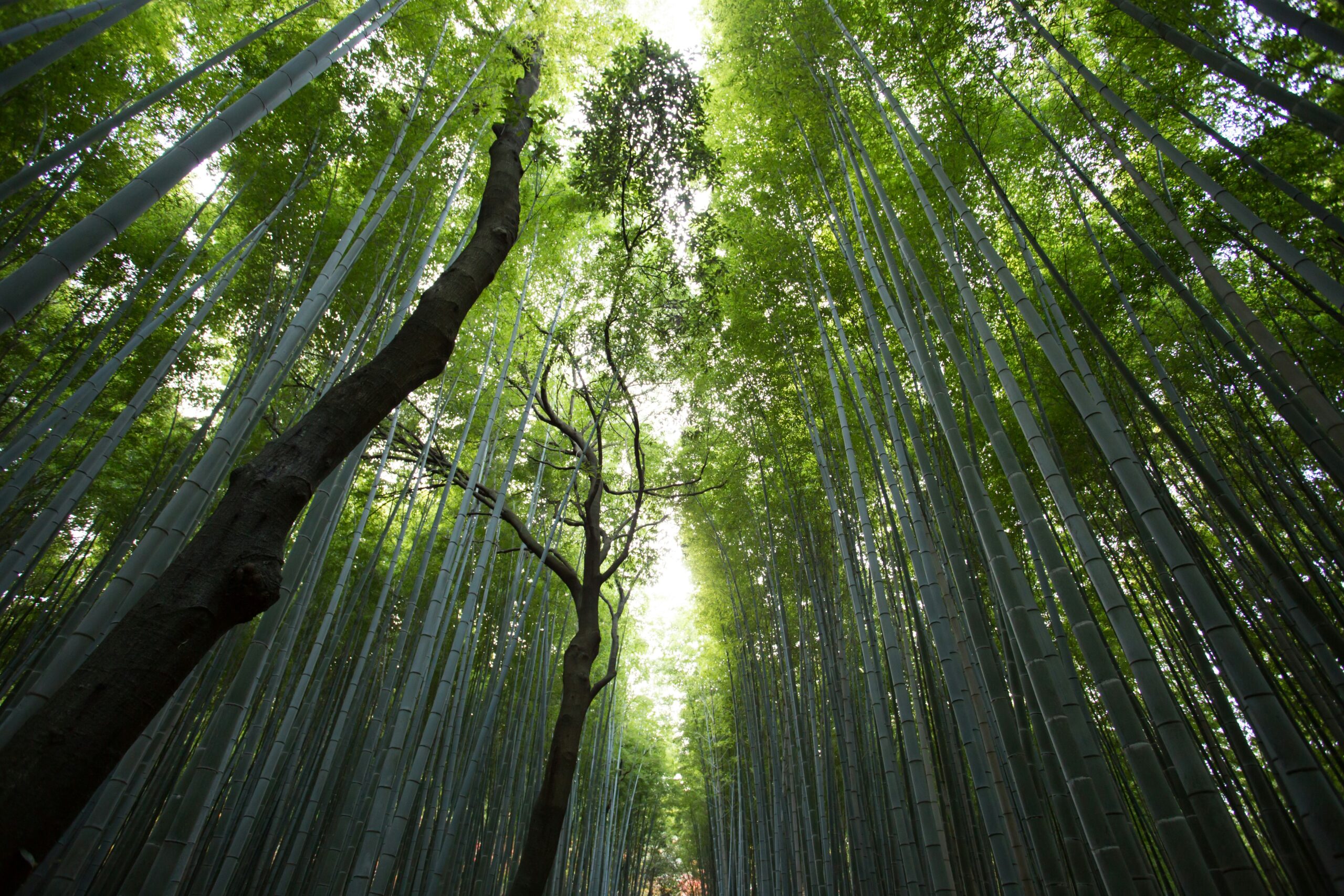Have you ever wondered if there is a cable car or gondola on Mount Shasta? Well, you're in luck, as we're here to provide you with the answer! Mount Shasta, known for its majestic beauty and towering presence, does not currently have a cable car or gondola system. However, don't let that discourage you from exploring this stunning mountain. With its breathtaking vistas, pristine wilderness, and incredible hiking trails, Mount Shasta offers an unforgettable experience for nature lovers and adventurers alike. So grab your hiking boots and get ready to embark on an unforgettable journey in the heart of Northern California's natural wonderland.
Understanding Mount Shasta
Mount Shasta, located in Northern California, is a prominent and picturesque mountain in the Cascade Range. Standing at an impressive height of 14,179 feet (4,322 meters), it is the second highest peak in the range after Mount Rainier. Mount Shasta holds a significant place in Native American mythology and is revered as a sacred site by various tribes. With its breathtaking beauty and rich history, it attracts outdoor enthusiasts, nature lovers, and spiritual seekers from all over the world.
Geographical Location of Mount Shasta
Situated in Siskiyou County, Mount Shasta is approximately 60 miles (97 kilometers) south of the Oregon border. It is part of the Shasta-Trinity National Forest and is surrounded by picturesque landscapes and pristine wilderness. The mountain is easily accessible from the town of Mount Shasta City, which lies at the base of the mountain and serves as a gateway for visitors.
Important Features of Mount Shasta
Mount Shasta is characterized by its distinct volcanic cone shape and towering presence. It is a dormant stratovolcano, meaning it is formed by layers of hardened lava, volcanic ash, and debris. The mountain is known for its pristine white snow-capped peak, which often remains snow-covered for much of the year. Mount Shasta's glaciers, such as the Whitney Glacier and the Hotlum Glacier, contribute to its scenic beauty and offer opportunities for exploration.
Climatic Conditions on Mount Shasta
As a high-elevation mountain, Mount Shasta experiences variable climatic conditions throughout the year. Summers are generally mild and dry, with temperatures ranging from 60 to 80 degrees Fahrenheit (16 to 27 degrees Celsius). Winters, on the other hand, can be harsh, with heavy snowfall and temperatures dropping below freezing. The unique microclimate created by the mountain's towering presence and its position near the Pacific Coast results in unpredictable weather patterns, making it important to come prepared for changing conditions.
Recreational Activities at Mount Shasta
Mount Shasta offers a plethora of recreational activities for outdoor enthusiasts of all levels. Whether you prefer to explore the mountain's hiking trails, engage in winter sports, or embark on a challenging mountain climbing expedition, there is something for everyone to enjoy.
Hiking Trails at Mount Shasta
Mount Shasta boasts an extensive network of hiking trails that showcase its diverse natural beauty. Popular trails include the Mount Shasta Summit Trail, a challenging and rewarding ascent to the summit, and the Panther Meadow Loop Trail, which offers a more leisurely hike through lush meadows and wildflowers. Hiking allows you to immerse yourself in the mountain's tranquil atmosphere, explore its unique flora and fauna, and marvel at breathtaking vistas along the way.
Winter Sports at Mount Shasta
During the winter months, Mount Shasta becomes a haven for winter sports enthusiasts. The mountain offers excellent opportunities for skiing, snowboarding, snowshoeing, and cross-country skiing. The nearby Mount Shasta Ski Park provides groomed slopes and modern facilities for both beginners and experienced skiers alike. The pristine powder and stunning alpine scenery make Mount Shasta a sought-after destination for winter adventure.
Mountain Climbing at Mount Shasta
For experienced mountaineers seeking a challenge, Mount Shasta offers an exhilarating and demanding climbing experience. The ascent requires technical skills, proper equipment, and knowledge of mountaineering techniques. Various routes, such as the Avalanche Gulch and the Casaval Ridge, provide different levels of difficulty and stunning vistas throughout the climb. Summiting Mount Shasta is a rewarding achievement, offering panoramic views of the surrounding mountains and valleys.
Wildlife Engagement at Mount Shasta
Mount Shasta is home to a diverse array of wildlife that adds to the allure of the mountain. Visitors may encounter deer, elk, black bears, mountain lions, and a variety of bird species while exploring the trails. Wildlife enthusiasts can observe and appreciate these creatures in their natural habitat, but it is essential to respect their space and maintain a safe distance.

Facilities Available on Mount Shasta
To cater to the needs of visitors, a range of facilities is available on Mount Shasta. Whether you're looking for accommodation options, dining facilities, or warm huts to rest and refuel, Mount Shasta ensures a comfortable and enjoyable experience.
Accommodation Options on Mount Shasta
Mount Shasta offers a variety of accommodation options to suit every traveler's preferences and budget. From cozy mountain lodges and bed and breakfast inns to campgrounds and RV parks, there is something to cater to all types of adventurers. Staying overnight on the mountain allows visitors to fully immerse themselves in the tranquility and beauty of the surroundings.
Dining Facilities on Mount Shasta
After a day of outdoor activities, you can indulge in the culinary delights offered by Mount Shasta's dining establishments. Restaurants, cafes, and eateries provide a wide range of cuisine options to satisfy every taste bud. Whether you're craving hearty comfort food or seeking healthy, organic fare, Mount Shasta has something to appease your appetite.
Warming Huts on Mount Shasta
During the winter months, warming huts strategically located along the trails provide refuge for hikers and climbers. These huts offer a place to rest, warm up, and enjoy a hot beverage while admiring the snowy landscapes. They serve as a vital safety feature, particularly for those braving the harsh elements and challenging conditions on the mountain.
The Concept of Cable Cars and Gondola
Cable cars and gondolas are popular modes of transportation and tourist attractions in mountainous regions worldwide. The concept of these aerial vehicles has transformed the way people experience mountains and their majestic surroundings.
Defining Cable Cars
Cable cars are self-propelled vehicles that are suspended from cables and move along fixed tracks. They consist of a spacious cabin designed to accommodate a significant number of passengers, providing them with a bird's-eye view of the landscape during the ascent. Cable cars are known for their smooth and scenic rides, offering a unique perspective on the mountain terrain.
Defining Gondolas
Gondolas, on the other hand, are elongated cabins supported by a cable system. Unlike cable cars, gondolas typically hold a smaller number of passengers and are designed to provide a more intimate and immersive experience. They often feature large windows or glass panels, offering unobstructed views of the surrounding scenery while gliding through the air.
Importance of Cable Cars and Gondolas in Mountain Tourism
Cable cars and gondolas have revolutionized mountain tourism by providing safe, convenient, and thrilling transportation options. They allow visitors to access higher elevations and remote areas that may be otherwise difficult to reach. Additionally, these aerial vehicles offer awe-inspiring panoramic views, enhancing the overall experience and creating lasting memories for tourists. Cable cars and gondolas also minimize the environmental impact compared to traditional transportation methods, such as roadways, thus preserving the fragile ecosystems often found in mountainous regions.

Exploring the Presence of Cable Cars or Gondolas on Mount Shasta
While cable cars and gondolas have become synonymous with many mountain destinations, Mount Shasta currently does not have such infrastructure in place. Understanding the history and present state of transportation options on the mountain provides insights into the reasons behind this absence.
History of Infrastructure Development on Mount Shasta
Historically, Mount Shasta has not witnessed significant infrastructure development in the form of cable cars or gondolas. The mountain's rugged terrain and environmental considerations have played a role in dictating the limited development of transportation options. However, over time, discussions and debates have emerged regarding the feasibility and potential benefits of introducing cable cars or gondolas to enhance the visitor experience on Mount Shasta.
Present State of Transportation Options on Mount Shasta
Currently, the primary modes of transportation on Mount Shasta involve hiking and climbing trails, along with limited road access to certain areas. Visitors are encouraged to explore the mountain's natural beauty on foot, engaging in the various hiking routes or embarking on challenging mountaineering expeditions. The absence of cable cars or gondolas presents opportunities for hikers and climbers to intimately connect with the mountain's terrain and immerse themselves in its untouched wilderness.
Reasons for Lack of Cable Cars and Gondolas on Mount Shasta
Several factors contribute to the absence of cable cars or gondolas on Mount Shasta. These reasons range from environmental impact considerations to cost-benefit analyses, technical challenges, and legal and regulatory hurdles.
Environmental Impact Considerations
Mount Shasta is an ecologically sensitive area with unique flora and fauna. The introduction of cable cars or gondolas would need to be approached with caution to minimize adverse impacts on the delicate ecosystems. Environmental studies and assessments would need to be conducted to determine the feasibility of such development without compromising the mountain's natural beauty and biodiversity.
Cost vs Benefit Analysis
The installation and operation of cable cars or gondolas involve significant financial investments. Conducting a comprehensive cost-benefit analysis is crucial to assess the potential economic returns and long-term sustainability of such infrastructure. Factors such as projected visitor numbers, revenue generation, and maintenance costs must be carefully evaluated before making a decision.
Technical Challenges in Installation
Mount Shasta's rugged terrain, high altitude, and variable weather conditions present considerable technical challenges when it comes to installing and maintaining cable cars or gondolas. Safety considerations, ensuring year-round operability, and addressing potential technical complications are critical aspects that need to be thoroughly evaluated and planned for.
Legal and Regulatory Challenges
The implementation of cable cars or gondolas on Mount Shasta would require adherence to various legal and regulatory frameworks. Environmental impact assessments, permits, and compliance with land use regulations are essential components in the approval process. Engaging with relevant stakeholders, including Native American tribes and local communities, is also a crucial aspect in addressing potential concerns and garnering support.

Hiking Options due to Absence of Cable Cars or Gondolas on Mount Shasta
While the absence of cable cars or gondolas may be seen as a limitation by some, it presents a unique opportunity to explore Mount Shasta's natural wonders through hiking.
Popular Hiking Routes on Mount Shasta
Mount Shasta offers a variety of hiking routes suited for different skill levels and preferences. The Mount Shasta Summit Trail, for instance, is a challenging but rewarding option for experienced hikers seeking to conquer the summit. Alternatively, the Heart Lake Loop Trail provides a moderate hike surrounded by stunning alpine scenery and the potential to spot wildlife.
Safety Measures While Hiking on Mount Shasta
Hiking on Mount Shasta requires careful consideration of safety measures to ensure an enjoyable and risk-free experience. Adequate physical fitness, appropriate gear, and knowledge of the mountain's terrain are essential. It is advisable to hike with a group or seek guidance from experienced locals or professional guides who are familiar with the area.
Factors to Consider While Hiking
Hikers should be aware of the potential risks associated with traversing the mountain's challenging terrain. Sudden changes in weather conditions, altitude sickness, and avalanches are among the factors that need to be taken into account. Keeping a close eye on weather forecasts and preparing accordingly are vital for a successful hiking experience.
Views from Individuals and Groups on Lack of Cable Cars and Gondolas on Mount Shasta
The absence of cable cars or gondolas on Mount Shasta has generated various viewpoints from different stakeholders, including environmentalists, local residents, tourists, and business entities.
Opinions of Environmentalists
Environmentalists often argue that the absence of cable cars or gondolas on Mount Shasta contributes to the preservation of its natural beauty and ecological integrity. They emphasize the necessity of respecting and safeguarding the mountain's fragile ecosystems, highlighting the impact that large-scale infrastructure development can have on the delicate balance of the environment.
Viewpoints of Local Residents
Local residents may have differing opinions on the introduction of cable cars or gondolas on Mount Shasta. Some may see it as an opportunity for economic growth and increased tourism, potentially benefiting local businesses and communities. Others may prioritize the preservation of the mountain's wilderness and solitude and express concerns about the potential impacts on their quality of life.
Perspective of Tourists and Visitors
Tourists and visitors to Mount Shasta may have varying perspectives regarding the absence of cable cars or gondolas. Some may appreciate the raw and untouched nature of the mountain, relishing the opportunity to connect with nature on a more personal level through hiking and climbing. Others may view the presence of cable cars or gondolas as a convenient and thrilling way to access higher elevations and enjoy panoramic views without the physical exertion required by hiking.
Arguments from Business Entities
Business entities, such as tour operators, may have a vested interest in the installation of cable cars or gondolas on Mount Shasta. They argue that such infrastructure would attract a larger tourist base, leading to increased revenues and economic growth for the region. Additionally, they may advocate for accessibility and convenience, highlighting the potential benefits for older or less physically able individuals who may still wish to experience the mountain's beauty.
The Future Possibility of having Cable Cars or Gondolas on Mount Shasta
The future of cable cars or gondolas on Mount Shasta is a topic of ongoing discussion and consideration. While there are currently no immediate plans for their installation, potential infrastructure developments in the region may lead to changes in the coming years.
Planned Infrastructure Developments
Infrastructure developments around Mount Shasta, such as improved access roads and visitor facilities, may influence the feasibility and desirability of introducing cable cars or gondolas to the mountain. These developments need to strike a balance between meeting visitor demands and preserving the mountain's natural environment.
Implications of Installing a Cable Car or Gondola
The installation of a cable car or gondola on Mount Shasta would have both positive and negative implications. On one hand, it could enhance accessibility, attract a wider range of visitors, and contribute to regional economic growth. On the other hand, it would bring about changes in the mountain's character, potentially affecting the solitude and tranquility that many visitors currently seek.
The Feasibility of Cable Car Implementation
The feasibility of introducing cable cars or gondolas on Mount Shasta is subject to careful analysis and consideration of various factors. These include environmental impact assessments, cost-effectiveness, technical feasibility, and support from relevant stakeholders. Balancing the preservation of the mountain's natural beauty with the benefits offered by such infrastructure is pivotal in determining the feasibility of implementation.
Comparisons of Mount Shasta with Other Mountains with Cable Cars or Gondolas
To gain a better understanding of the implications of cable cars or gondolas on Mount Shasta, comparing it with other mountains that have implemented such infrastructure provides valuable insights.
Comparison in Terms of Infrastructure
Mountains with established cable car or gondola systems, such as Mount Blanc in the French Alps or Mount Pilatus in Switzerland, have successfully integrated this mode of transportation into their tourism offerings. Comparisons in terms of infrastructure can shed light on the potential design, operational aspects, and impacts on visitor experience that may be relevant to Mount Shasta.
Views of Visitors about the Experience
Gathering viewpoints from visitors who have experienced cable cars or gondolas elsewhere can provide insights into the impact of such infrastructure on their overall mountain experience. Understanding the benefits and drawbacks they perceive in terms of accessibility, panoramic views, and convenience can help gauge the potential appeal of cable cars or gondolas on Mount Shasta.
Importance of Cable Cars and Gondolas for Tourism
Lastly, examining how cable cars or gondolas have contributed to tourism in other mountainous destinations highlights their significance as attractions. Assessing the economic benefits, increased visitor numbers, and enhanced visitor experiences in these regions can aid in understanding the potential role that cable cars or gondolas could play on Mount Shasta from a tourism perspective.
In conclusion, Mount Shasta captivates visitors with its awe-inspiring beauty, rich history, and an abundance of recreational activities. While the absence of cable cars or gondolas on the mountain may initially seem like a limitation, it offers opportunities for exploration and connection with nature through hiking and climbing. The decision to introduce such infrastructure involves careful consideration of environmental impact, cost-benefit analysis, technical feasibility, and legal and regulatory challenges. Ultimately, the future possibility of cable cars or gondolas on Mount Shasta will be shaped by a balance between visitor demands, preservation of the environment, and the desire to enhance the overall experience for all who venture to this majestic mountain.

